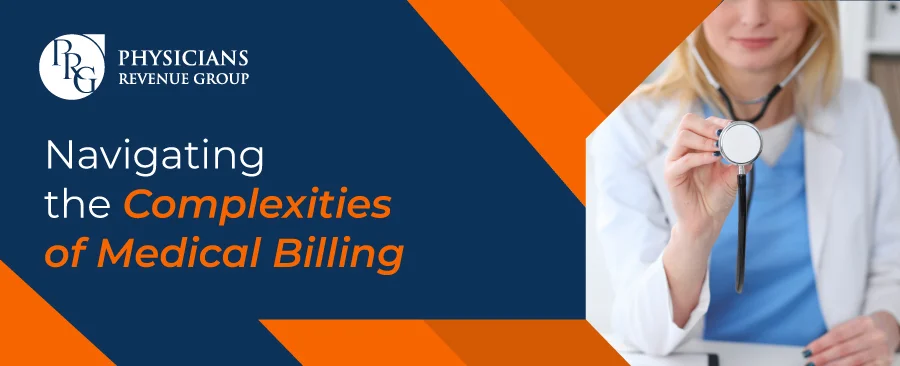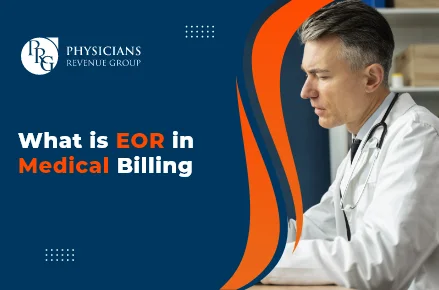
Email: info@prgmd.com | Call: +1 (630) 242-6474
Business hours: 9:00 to 5:00 | Monday to Friday
Email: info@prgmd.com | Call: +1 (630) 242-6474
Business hours: 9:00 to 5:00 | Monday to Friday

Table of Contents
ToggleNavigating and managing the complexities of medical billing is, without a doubt, a daunting task for patients and healthcare practitioners. Traversing the world of medical billing takes a lot, starting from deciphering cryptic codes and managing astronomical bills. Healthcare billing is a never-ending maze; however, there are easier ways to navigate it, including outsourcing medical billing services for healthcare practices. Furthermore, as a patient, you can unlock the secrets of billing and gain the necessary confidence to work out the backend billing processes.
Healthcare collections and billing are intricate and even confusing processes. These processes also involve multiple stakeholders, which include:
With the continuous evolution of the healthcare industry, understanding the complexities of medical billing and collection is important.
The first important step for decoding the complexities of medical billing is understanding how the system works. Healthcare billing is the process of submitting and then following up on claims. These claims are sent to insurance providers for reimbursement of services offered by the healthcare providers. These services or treatments include everything from routine check-ups to even complex surgeries. To make things even more difficult, every insurance provider has unique policies and rules. Thus, asking questions and communicating with the healthcare team is vital to keep everyone informed.
Another facet of decoding the complexities of medical billing is interpreting the costs associated with healthcare services. All procedures, tests, and medications are assigned a specific/unique code. These codes define and determine how much an insurance provider will pay for a particular service, test, or medicine.
For what’s worth, the medical codes are complex and confusing, yet understanding them is vital to know what you are charges for. To help crack the code of healthcare costs, it is essential to carefully review your healthcare bills and then ask questions regarding any of the confusing/unfamiliar charges.
Reading a medical bill feels like trying to solve a math question – we get it completely. However, there are some ways to make it easier to read or understand. First, start by reviewing all the charges, then compare those to the services you received. If you see any discrepancies, contact your medical provider’s billing department.
Furthermore, most insurance providers have online portals that offer a breakdown of the medical bills and let you track the claims in real time.
Navigating medical billing with confidence entails staying informed and asking questions. It is essential to speak up if something feels off. Furthermore, remember that patients have the right to dispute incorrect charges. It is also necessary to regularly review bills and meticulously track expenses.
Following these tips, you can circumnavigate the role and complexities of medical billing. Furthermore, let’s discuss:
Medical billing and coding errors, miscalculations, or incorrect patient information lead to claim denials or delays in reimbursements.
Coding standards and healthcare regulations change frequently and thus necessitate providers to stay up-to-date with the latest guidelines and regulations to avoid claim denials.
Interestingly, patients are responsible for higher healthcare costs due to the higher deductibles of health plans and rising copayments. The shift is placing more burden on providers for the direct collection of patient payments.
Below are the 6 sections of the CPT codebook:
Evaluation and Management
Share:
Categories
Recently Added

What is an ABN in medical billing?

What does a Clearinghouse do During Claims Submission?

What is EOR in Medical Billing?
We Would Love to Assist You!
We treat your data confidentially and don’t share any information with a third party.